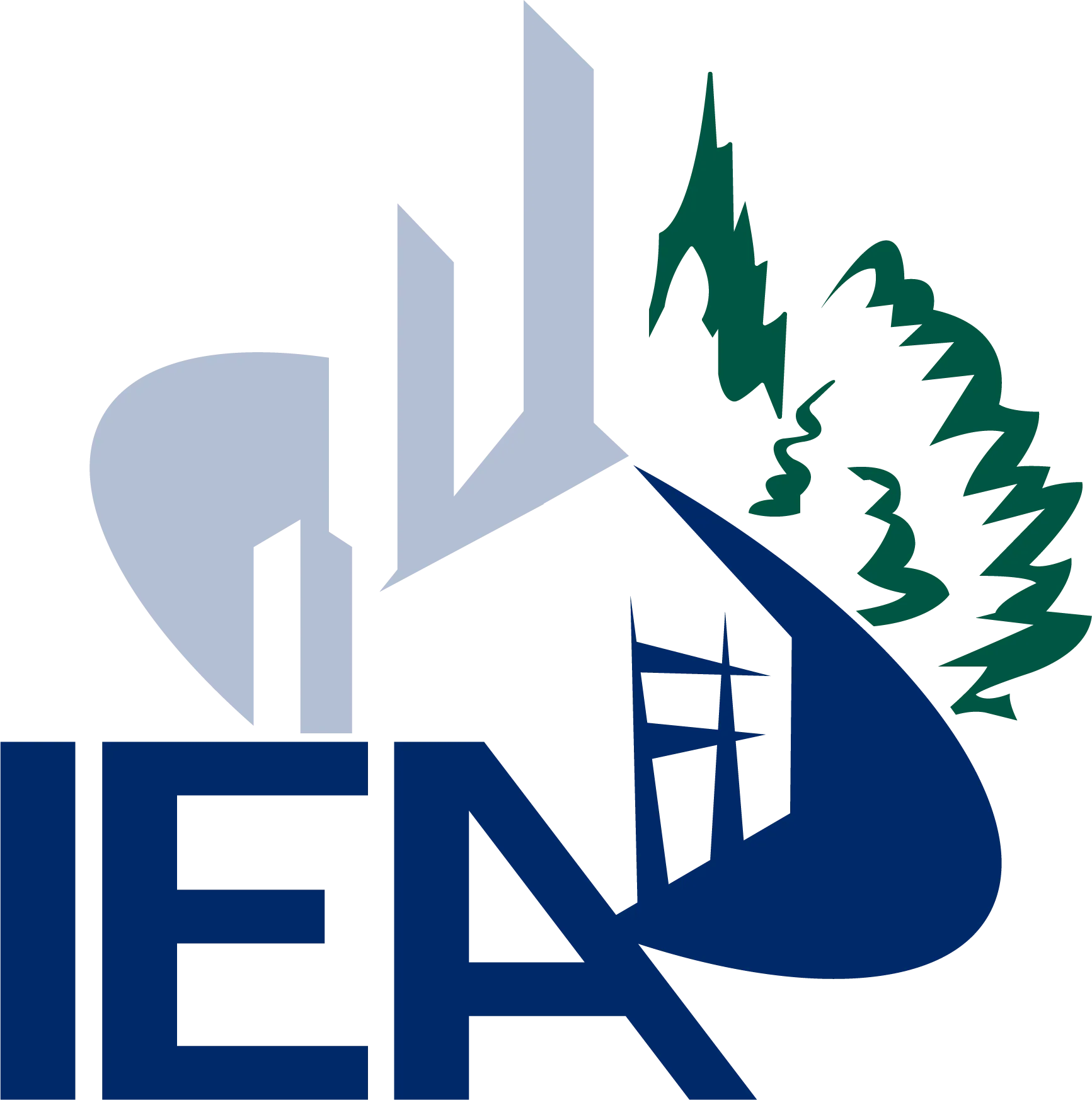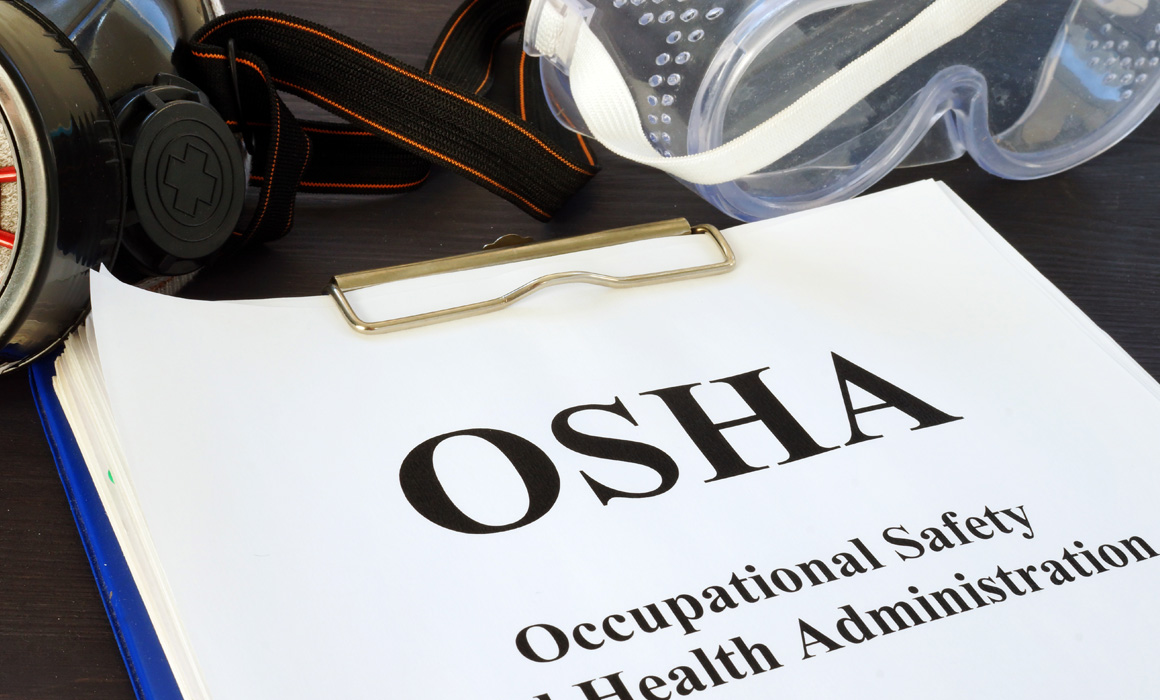WASHINGTON, D.C. – The U.S. Department of Labor’s Occupational Safety and Health Administration (OSHA) has renewed its National Emphasis Program (NEP) on Amputations in Manufacturing Industries, reinforcing its commitment to protecting workers from severe injuries, including amputations, in industrial workplaces.
The renewed NEP focuses on identifying and mitigating amputation hazards in manufacturing environments. OSHA will continue to inspect facilities where machinery presents a high risk of serious injury, especially during machine operation, servicing, or maintenance. Key areas of concern include ensuring proper machine guarding, effective control of hazardous energy (Lockout/Tagout – LOTO), and safe operation of robotic systems.
What’s New in the Renewed Program?
The updated emphasis program includes several important changes:
- Revised Industry List: OSHA has updated the list of North American Industry Classification System (NAICS) codes included in the program to reflect current manufacturing trends and risk data.
- Streamlined Inspection Process: Establishments that have been inspected under the NEP in the past 24 months and have not reported an amputation may now be removed from the programmed inspection list, reducing redundancy.
- Improved Data Tracking: Revisions have been made to OSHA Information Systems (OIS) coding instructions to enhance tracking and analysis of inspection outcomes.
This new version of the NEP will go into effect immediately and is set to remain in place for five years, replacing the current version that expires on June 27, 2025.
Why It Matters
Amputation hazards are most commonly linked to inadequately guarded machinery and failures in LOTO procedures. These risks are covered under 29 CFR 1910 Subpart O, which outlines OSHA’s standards for Machinery and Machine Guarding in general industry.
Whether in manufacturing, agriculture, maritime, or construction, machine guarding and LOTO are critical components of any robust safety program. OSHA emphasizes the importance of regular assessments to prevent injuries and ensure compliance.
How Employers Can Stay Ahead
To reduce the risk of injury and avoid OSHA citations, companies should:
- Conduct routine machine guarding assessments.
- Ensure all LOTO procedures and training for authorized employees are current.
- Perform safety evaluations of robotic and automated systems.
- Provide comprehensive operator training for all equipment and processes.
Employers are encouraged to leverage OSHA’s online resources, such as the Machine Guarding Overview, and consider working with technical safety consultants to bolster their programs. Expert guidance can add value, ensure compliance, and most importantly, help protect workers from devastating injuries.
Safety is not just a regulation—it’s a responsibility. By aligning with OSHA’s updated NEP and investing in proactive hazard control, manufacturers can build safer workplaces and reduce the human and financial costs of serious injuries.
Source: https://www.osha.gov/heat-exposure


